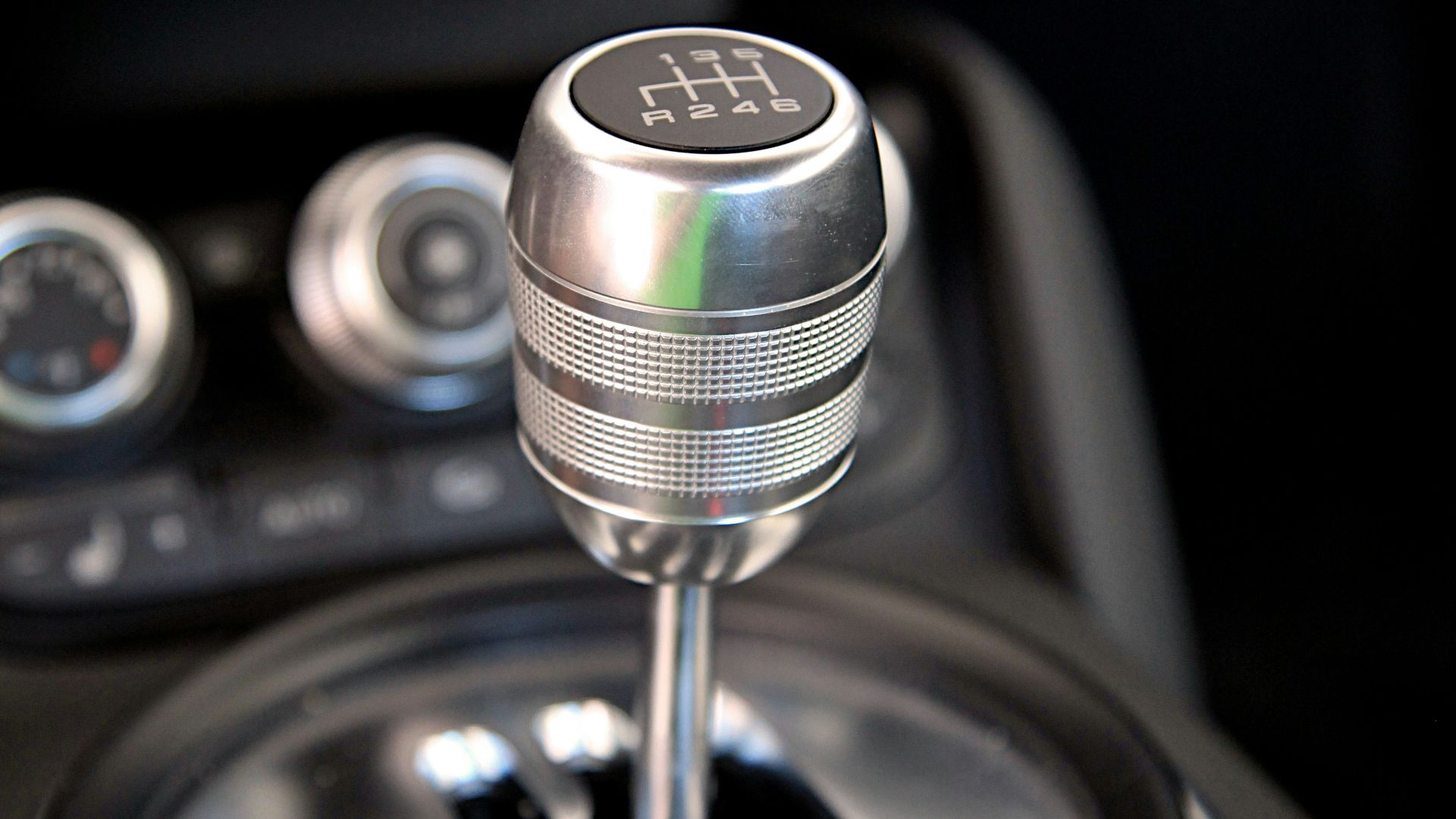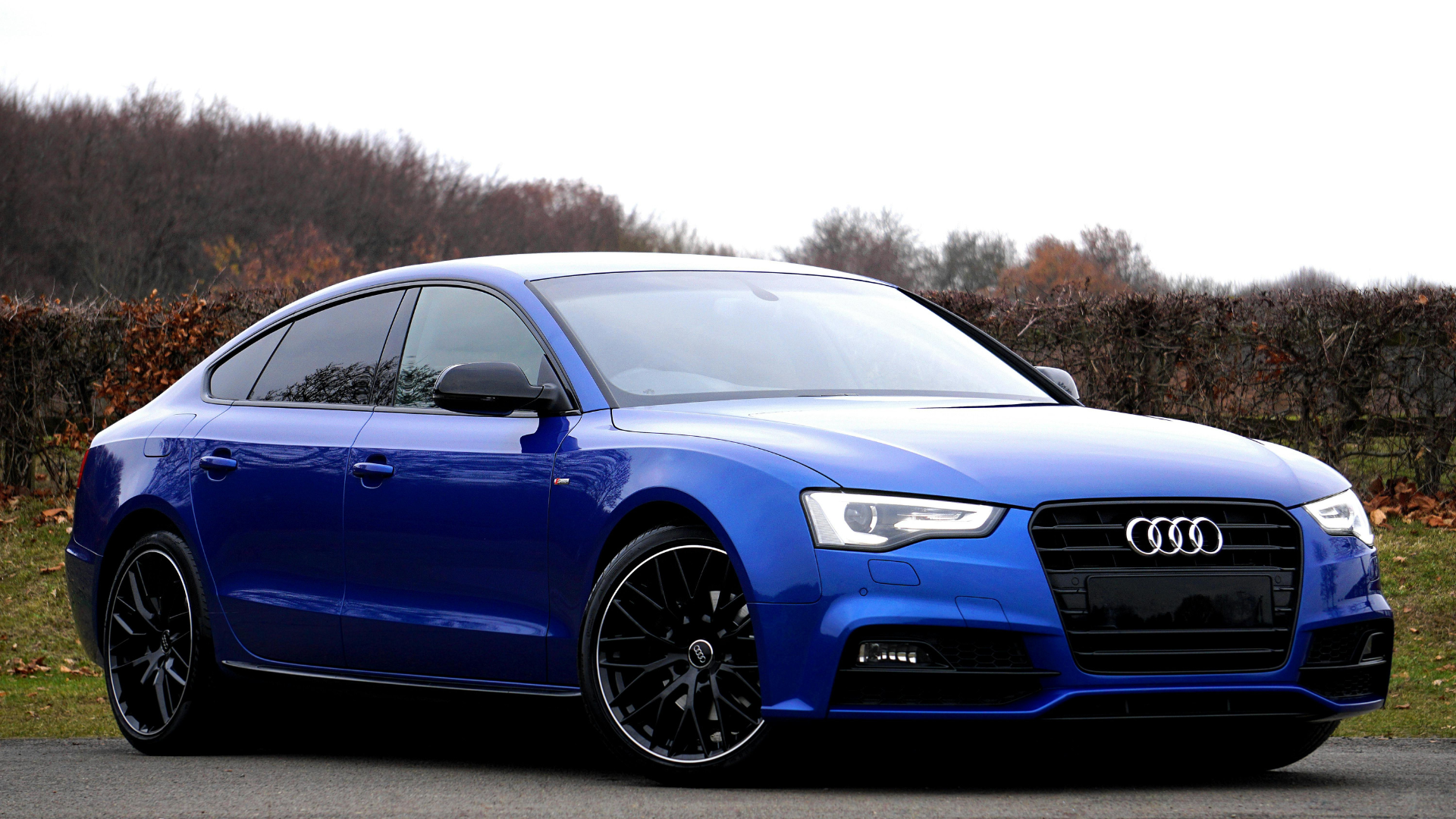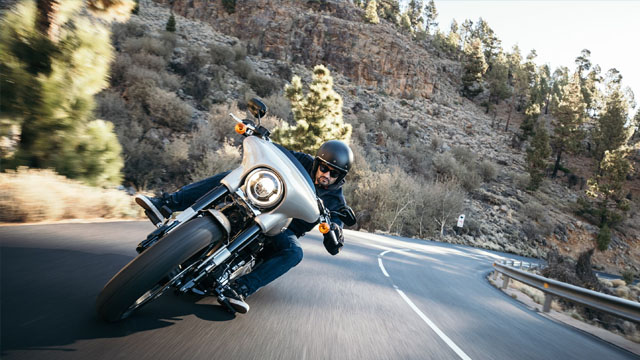When automatic transmissions rolled around, everyone assumed manual transmissions would go the way of dinosaurs within a few years. After all, they're less smooth to drive, harder to learn, exhausting to drive in traffic, and only make sense in cars that run on gas.
However, statistics show that instead of reducing as expected, the number of drivers opting for stick shift gearboxes has increased. In 2021, only 0.9 percent of drivers in the US had manual vehicles. In 2022, it jumped to 1.2 percent. In 2025, manual car sales make up about 1.8 percent of the market. While still relatively low, the fact that stick shifts are quietly and steadily returning to favor is a surprising twist of events that begs the question, "Why?"
A visceral experience
In a world where everything is controlled by touchscreens and button-presses, we can posit that one of the main reasons for the return of manual transmissions is a renewed passion for engagement. Modern cars are quicker and more technologically advanced than ever, but many drivers feel disconnected from the process of driving itself. Stick shifts, on the other hand, require focus. It takes skill to drive, and every gear shift feels more physical. For driving enthusiasts, the more visceral experience is crucial.
A generation obsessed with nostalgia
Surprisingly, it's not old geezers, but young drivers who are at the helm of the revival. Mazda has estimated that over one-fourth of manual Miata buyers are between the ages of 18 and 35, while Acura revealed that more than half of new manual Integra buyers were between the ages of 18 and 45 years old.
Gen Z is the one embracing stick shifts, perhaps as a form of rebellion against their era, defined by automation. Much like their love of Y2K fashion and the surprising way they've caused the resurgence of flip phones and point-and-shoot digital cameras, the younger generation seems to love all things retro, analog, and nostalgic.
For them, driving a stick shift is a badge of honor—a cool, niche skill, like using a film camera or writing in cursive. Social media has amplified this trend: “manual swap” videos, stick-shift challenges, and aesthetic shots of shifters in sporty coupes have helped create a subculture around the joy of shifting gears.
The market reaction
In response, automakers like Toyota, BMW, Honda, Subaru, and Porsche are bringing back manual options. The Toyota GR Corolla, BMW M2, Honda Civic Type R, Mazda MX-5 Miata, and Porsche 911 all offer stick shifts largely because consumers asked for them. Manual transmissions instantly elevate the "cool" factor of a lot of car models, especially for young buyers.
Only time will tell whether the stick shift movement is just a passing trend or here to stay, but it's already significant enough for car manufacturers to start playing with the idea of putting manual transmissions in electric vehicles, even though it's completely unnecessary.
In a world where cars increasingly behave like computers on wheels, the manual transmission offers a driving experience that's more emotional, tactile, and just plain fun.









